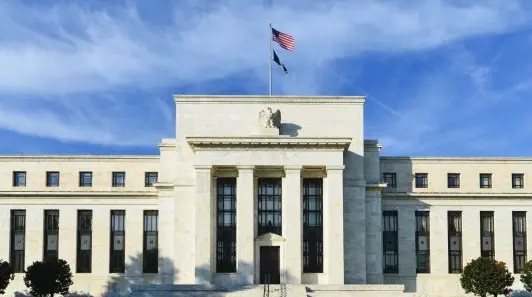GDP growth exceeds expectations, but uncertainty remains
GDP growth in Singapore accelerated to 4.3% year-on-year in the second quarter, up from 4.1% in the first quarter, which was revised higher from an earlier estimate of 3.9%. This outpaced the consensus forecast of a slowdown to 3.6%. On a seasonally adjusted quarter-on-quarter basis, GDP rebounded sharply by 1.4% in 2Q, following a 0.5% contraction in 1Q, placing the growth in the first half at a very comfortable 4.2% YoY, much above the government forecast of 0-2% GDP growth for 2025.
GDP growth in the second quarter was broadly supported across sectors, but manufacturing led the way, outperforming both construction and services. A key driver of this strength was the front-loading of exports to the US, which surged by 15% year-on-year in the second quarter, compared to just 1% in the first.
While the electronics and broader manufacturing sectors have so far remained exempt from tariffs, which could continue to support their relative strength, uncertainty around global supply chain configurations may weigh on investment decisions and growth in the second half of the year. With first-half GDP growth exceeding expectations, there are now clear upside risks to both our full-year 2025 forecast of 1.8% and the official projection range of 0-2%. However, we expect the MAS to pay more attention to the likely fall in GDP growth in the second half of the year.
Weaker consumer trends despite resilient labour market
The labour market has remained relatively resilient with a high job vacancy to unemployment ratio of 1.6 in 1Q25, with a slight fall in the unemployment rate to 1.9% in May. Despite healthy employment trends, retail consumption is showing signs of slowing across most sectors, except for motor vehicles, which continued to see robust double-digit growth in May 2025.
Sales in department stores, supermarkets, apparel, and food and beverage have significantly slowed, even slipping into contraction mode compared to 2024, highlighting the hit to consumer confidence given the rising uncertainties on global growth.
SGD is trading at the top of the band despite weaker inflation trends
The Singapore dollar continued to appreciate against the USD in the second quarter, remaining one of the region’s top-performing currencies. This has pushed currency overvaluation to new highs, even as domestic growth and inflation indicators remain subdued. We expect this relative outperformance to persist in the near term, with Singapore viewed as a safe haven amid ongoing tariff uncertainty.
As one of the most trade-dependent economies in the region, Singapore stands to benefit if the US maintains its baseline 10% tariff rate –especially compared to higher rates potentially imposed on other regional economies. However, the outlook remains uncertain, with no firm clarity on country-specific tariff treatment. Moreover, Singapore remains exposed to the risk of sector-specific tariffs, particularly in semiconductors and pharmaceuticals – its key export sectors – where policy direction is still
We expect MAS to ease monetary policy at its next meeting
The inflation outlook remains broadly in line with expectations for the second half of the year, suggesting limited pressure from CPI inflation. Although the upside surprise to GDP growth in the first half of the year raises the possibility of upward revisions to both our 2025 forecast of 1.8% and the official 0-2% range, we anticipate a slowdown in the second half of the year as global demand softens.
The MAS has consistently flagged significant downside risks from external factors. Despite Singapore maintaining the baseline tariff rate of 10%, these risks have not abated. Coupled with signs of currency overvaluation, the case for easing, by reducing the slope of the SGD NEER band to zero, appears stronger than for maintaining the current stance – though the decision is likely to be finely balanced.












































































